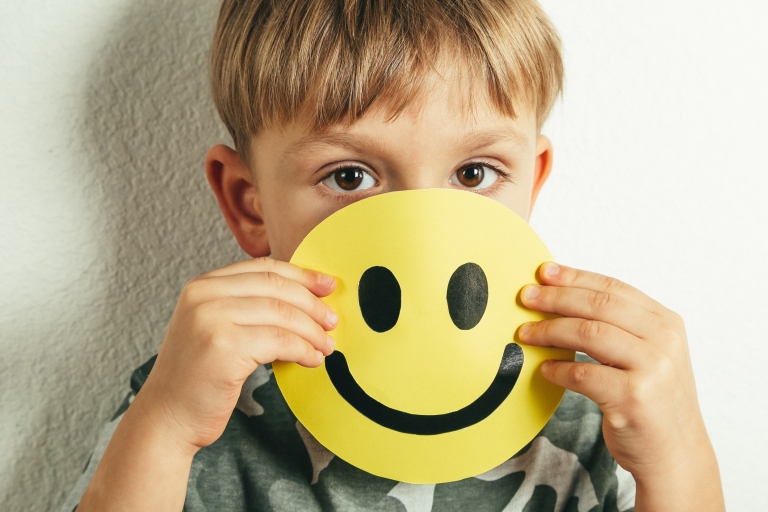raising resilient kids: 4 expert-recommended techniques for emotional empowerment

Lily is 10-years-old and often sweet. But whenever she feels angry or upset, she will slam doors, yell at her siblings and struggle to articulate what’s bothering her when asked. This often leads to frustration about being misunderstood which impacts her self-esteem and confidence.
Alex is 16-years-old and a usually high achiever. But lately he’s been struggling to balance schoolwork, extracurricular activities, and social life. Now he stays up late, wakes up grouchy and seems to lack motivation to help around the house. But in fact, he’s anxious and worried about his future.
Sarah is a busy mom who is handling a stressful project at work. At home, she’s cooking dinner for the family when she burns the casserole. Next thing you know, she’s yelling at the kids and at the dog who are running around the house burning off after-school energy. Sarah is feeling frustrated, but it’s being displayed as anger.
These are just a few examples of what can happen when a person is struggling with emotional empowerment, or the ability to recognize and name emotions in different situations.
Have you experienced any of these situations in your own homes? The On Our Sleeves experts are here to define emotional empowerment and explain how it builds resilience in both kids and adults.
defining emotional empowerment: why it matters for wellness
Emotional empowerment is the ability to recognize and name emotions in a variety of different situations. It is recognizing the feeling inside and then being able to verbalize this. It is also the ability to recognize the emotions another person is showing outwardly.
Emotional empowerment is a learned skill and something we can also improve on, even as adults! Even though we can’t always know for sure how a person is feeling or why, emotional empowerment helps us to recognize the signs and clues of someone experiencing more extreme emotions and learn strategies to engage with them.
the connection between behavior and emotions: how to help your child express themselves
It is important to recognize behavior as a language. Sometimes, when kids don’t know the words to say to express themselves, they may act out how they feel through their behavior. This may look like showing anger, or withdrawing and staying to themselves.
As caregivers, we need to look beyond our child’s behavior to figure out what they are trying to express. Caregivers are also there to serve as a guide for kids to improve their emotional empowerment. The more we normalize talking about feelings in our home, the easier it will become for our kids to:
- Express their thoughts and feelings in a safe way
- Build connections and relationships
- Enhance communication in conversation
- Show empathy towards others
- Cultivate positive self-confidence and feel more competent
the power of emotional guidance: how to help your child grow and thrive
Guiding emotional growth and working on emotional empowerment with your child may sound like a hard thing to do. Try these four techniques to guide your child’s emotional growth and learn about emotional empowerment yourself.
- Listen when your child is sharing a problem with you and try to identify the feeling word they are describing. For example, you could say, “It sounds like you are sad because your friend wanted to play with someone else at recess.” Allow your child to tell you if you are right or wrong.
- Model sharing your feelings to your child. If you are experiencing some emotions, try saying to them, “I am feeling frustrated right now because I messed up this dinner recipe!”
- Talk while watching movies or reading books about the feelings the characters might be showing. Take a pause when an emotion comes up to discuss the emotions. It is helpful to make the connection between the circumstances the character is facing, and the feeling associated with it.
- Play charades to teach empathy. You can start with the feelings “sad” “mad” or “happy” and have your child think about someone who is experiencing those emotions. Then encourage them to act out the emotion.
This encourages them to analyze body language and think about what another person is trying to portray when feeling these emotions. Start with feeling words and then add other emotions or situations to act out.
care that goes above and beyond
Because every child deserves care that goes above and beyond, Dayton Children’s provides compassionate, expert care for kids of all ages. Find a provider, schedule an appointment, or learn more about conditions we treat today.




